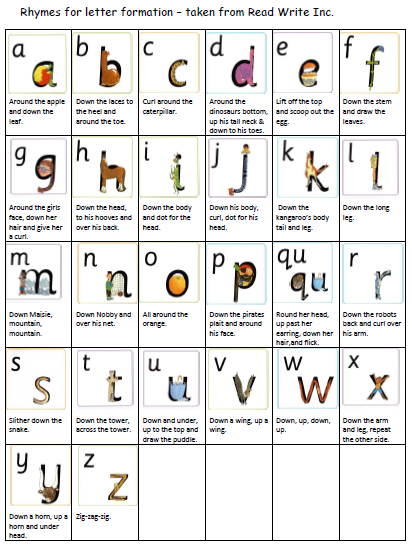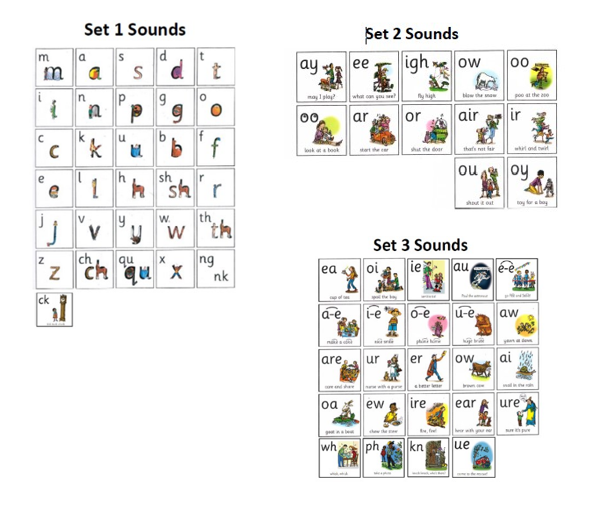Phonics & Reading

Phonics at Willoughby Academy
Phonics is taught across our school, where appropriate, using the Read, Write, Inc scheme. Staff adapt and differentiate the scheme to meet the needs of pupils and ensure it is developmentally appropriate. Pupils at the very early stages of phonetic development will use these sessions alongside a total communication approach engaging with objects of reference and sensory exploration rather than following the more ‘traditional’ approach. As pupils develop their phonetic awareness, they access the scheme in line with their ability and developmental needs. Staff adapt resources to accommodate individual need.
Read Write Inc.
Read, Write, Inc is a government approved Systematic Synthetic Programme that uses a synthetic approach to teaching reading. This method ensures pupils first develop a correct understanding of the reading process before they begin to read simple phonic based texts matched to their level of reading knowledge. Therefore, we offer texts for pupils to read independently after we ensure that they can:
- Quickly and accurately recognise the sounds of the alphabet (not the name of the letters) that have been taught.
- Blend simple sounds to hear the words they make e.g c-a-t makes ‘cat’ and d-o-g makes ‘dog’.
This focus on synthesising words, by blending their individual sound components, is why the teaching approach is called synthetic phonics. To avoid children thinking reading relies on just guessing words or trying to memorise words by shapes, we ensure they master the basic letter and sound combination to build accuracy and confidence in their reading journey. Once corresponding sounds are understood, pupils read books that are carefully matched to the spellings of the sounds that have been taught. This means they build confidence quicker. They practise these stories until they can read them fluently.
Developing Phonemic Awareness
Listening for sounds – it is important that children develop the ability to hear sounds before they can read. They will learn this through a process we call ‘Fred Talk’, this is a process where you only talk in sounds e.g c-a-t followed by the whole word ‘cat’. Pupil’s engage well with Fred Talk and love hearing Fred say the sounds. (Fred is a frog, each class has their own Fred. He is a special frog because he can only say the sounds in a word and needs your child to help him read the word.)

Alongside these, pupils also learn 'red words' (sight or tricky words), which are difficult to blend but are words they need to read and access texts (e.g, the, said, your). Red words are matched according to the book level that is appropriate to pupil’s learning needs. Some words are ‘tricky’ because they contain letters that do not match the sounds the child has been taught. For example, ‘said’ has the ‘ai’ sound making an ‘e’ sound. We teach these common exception words as red words. These sounds can not be sounded out using ‘Fred Talk’.
Developing Writing Alongside Phonics
Once pupils have developed their fine motor skills and are secure with pre-writing patterns, we begin to develop writing in terms of letter formation. We give pupils a hook to learn the sounds by using pictures in the same shape as the letter. Each sound has a rhyme to learn the correct formation. For example, ‘a’ is taught through the rhyme ‘around the apple and down the leaf'. This means that children learn to read and write the sounds more easily.

Read Write Inc Progression of Sounds

